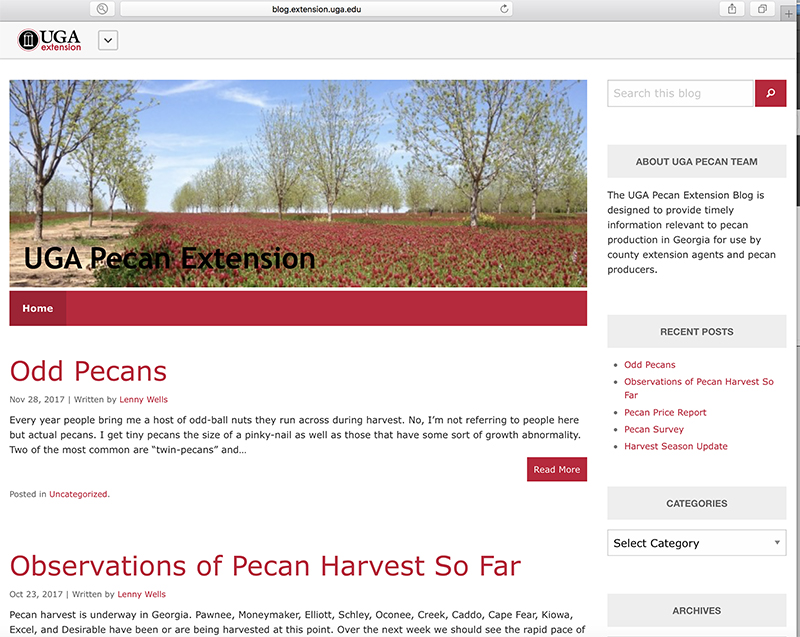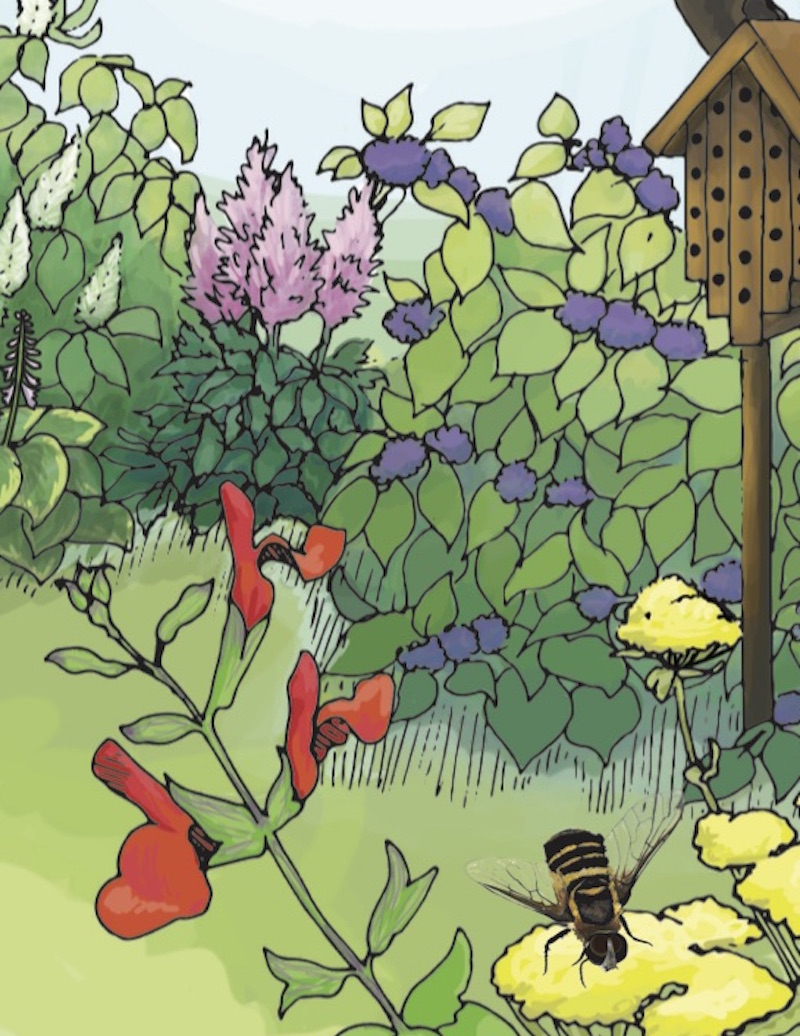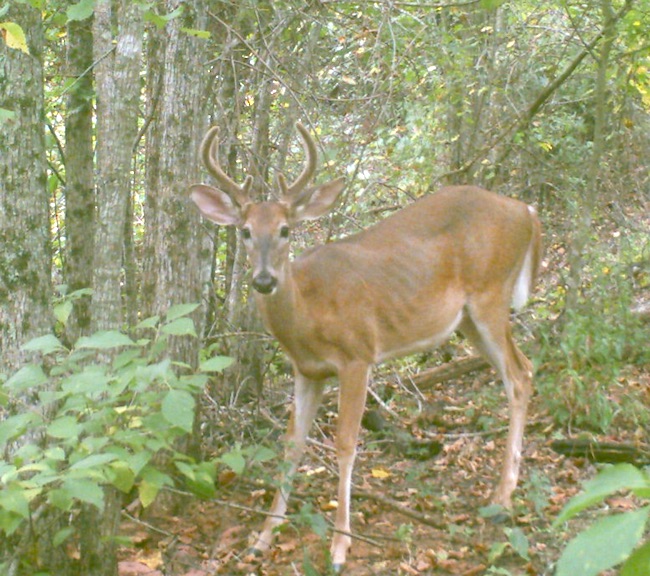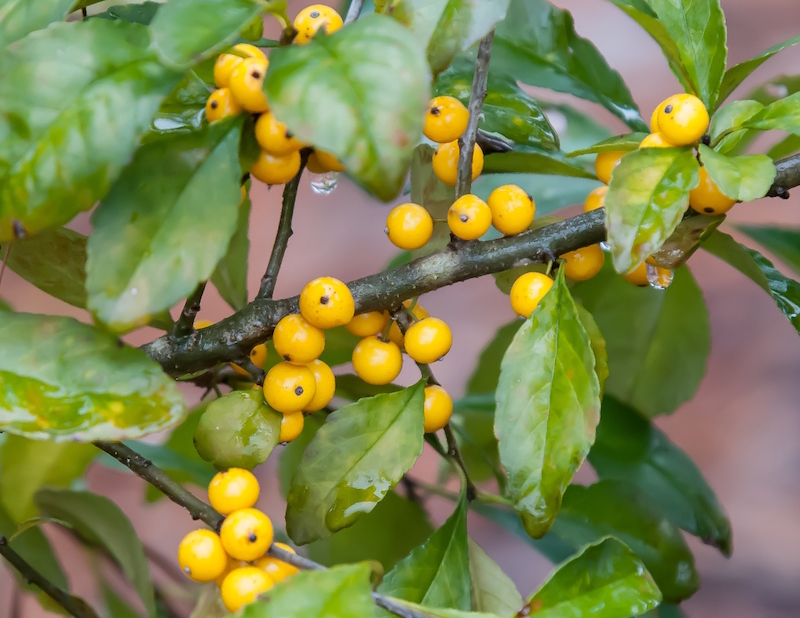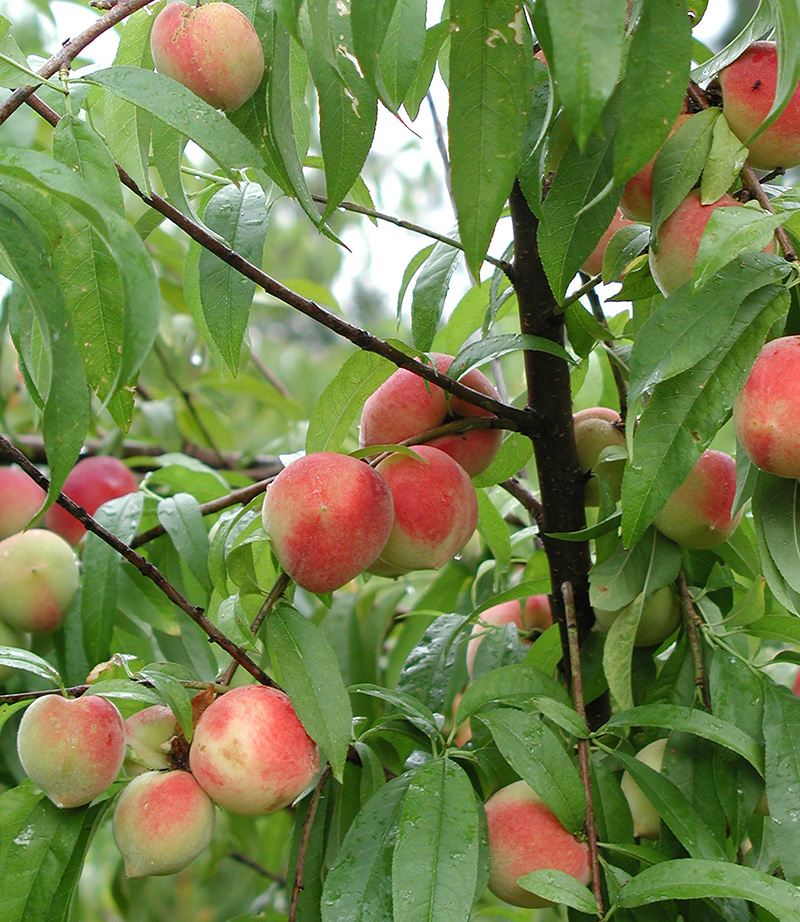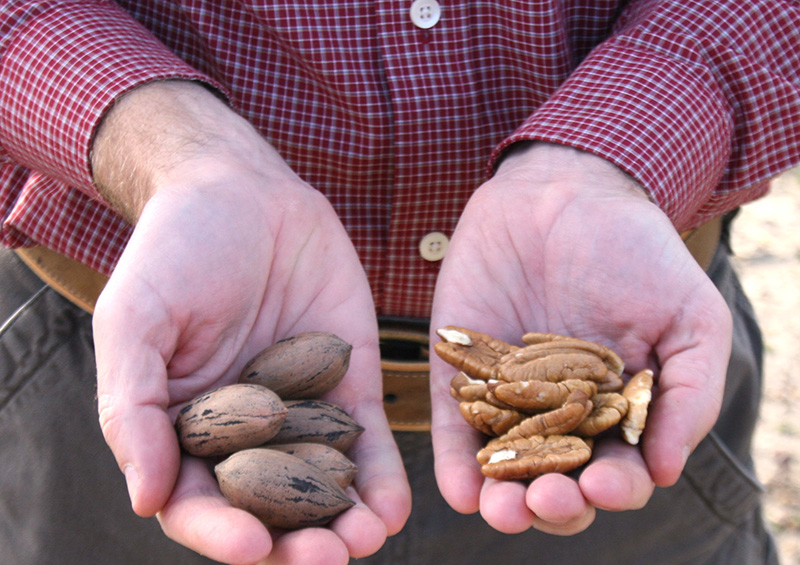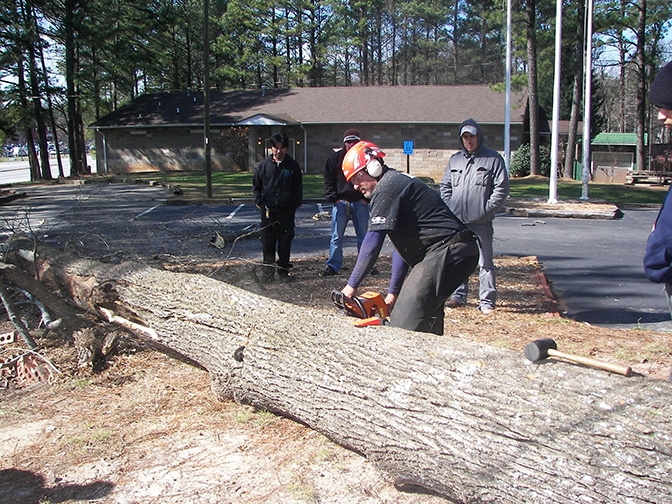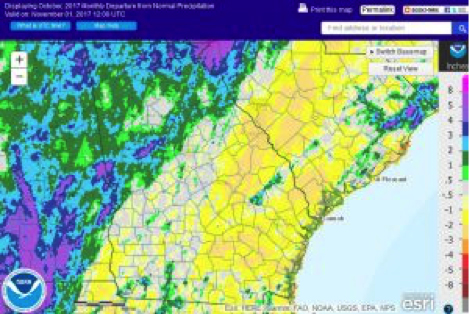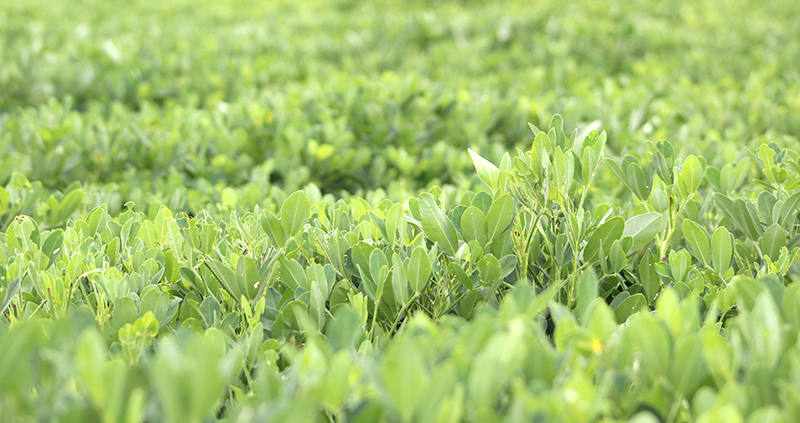 CAES News
CAES News
Georgia's Peanut Crop
Georgia’s dryland peanut crop excelled this year, while irrigated fields lacked in comparison to past years, said University of Georgia Cooperative Extension peanut agronomist Scott Monfort. The result is a crop estimated to average 4,400 pounds per acre.

